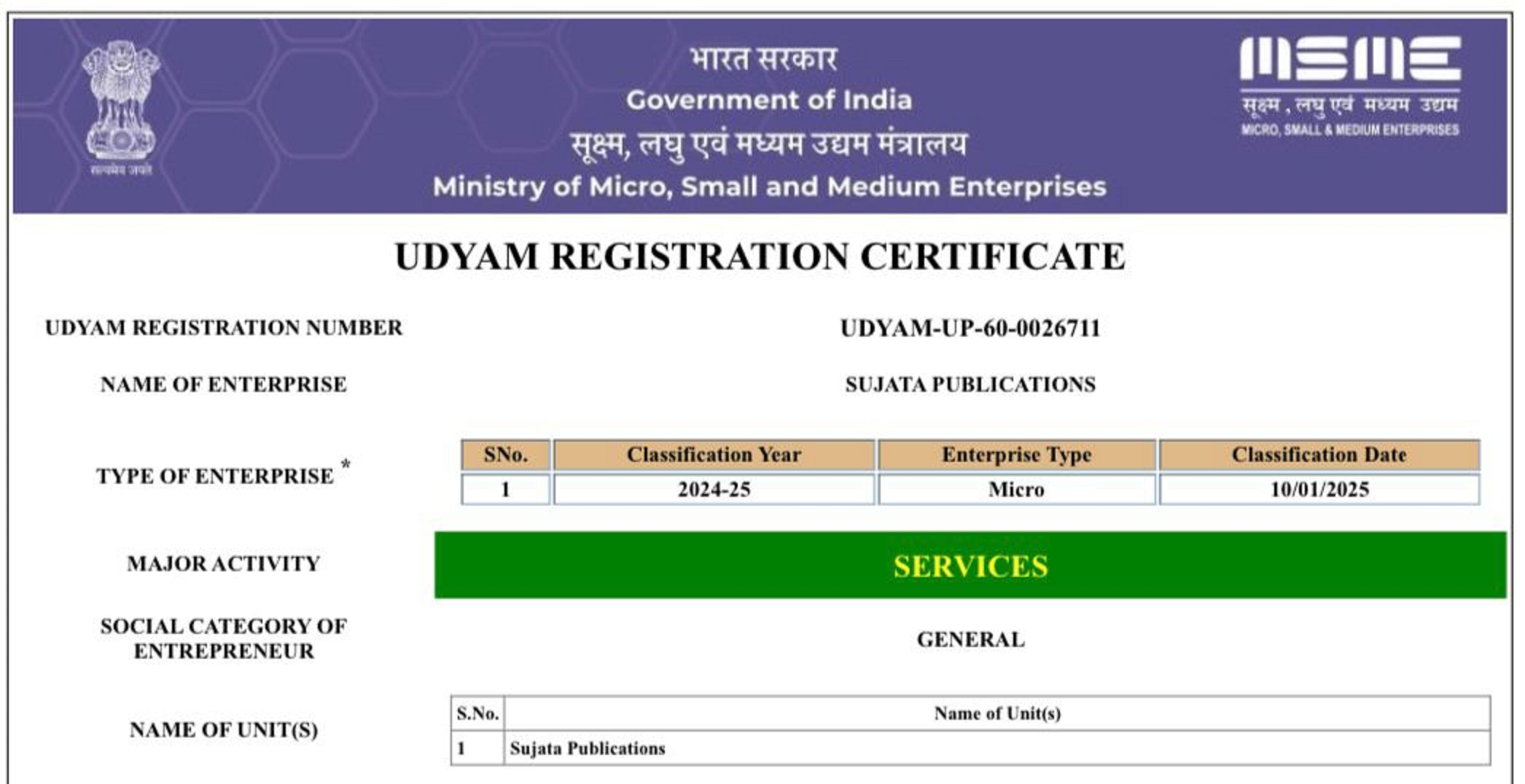Investigation of Phytochemicals and Antioxidant Properties of Piper Hymenophyllum Miq.
DOI:
https://doi.org/10.62896/ijpdd.2.10.01Keywords:
Phytochemical Screening, Antioxidants, Piper hymenophyllum.Abstract
The genus Piper stands out as the most extensive within the Piperaceae family, showcasing a diverse array of species that are prevalent across tropical regions. A variety of Piper species have been historically utilized for multiple purposes, particularly in medicinal applications, owing to their rich phytochemical compositions. In the commercial market, the pepper of Piperaceae stands out as the most traded spice globally. Piper species have been utilized in traditional medicine across the globe to address various health issues, including urological disorders, skin conditions, liver and stomach ailments, wound healing, and to provide antipyretic and anti-inflammatory effects. Piper hymenophyllum (Vaal thippili) is an endemic plant native to South India, known for its use by the Kani tribals in the treatment of gastric ailments. Although it has been traditionally utilized, there is a scarcity of documented evidence in the literature concerning its phytochemical properties. This study investigated the pharmacological activities of lesser-known wild piper species, specifically focusing on the leaf, stem, and fruit of
P. hymenophyllum, thereby enhancing our understanding of its potential therapeutic applications and biochemical properties. The objective of the study was addressed through qualitative preliminary screening and confirmatory tests, which identified the presence of both primary and secondary metabolites. Quantification of total phenolic content revealed the highest concentration in the ethyl acetate leaf extract (247.18 mg GAE/g extract). Similarly, flavonoid content was found to be highest in the ethyl acetate extracts of P. hymenophyllum leaf, fruit and stem, ranging from 241 to 304 mg RE/g extract. In vitro antioxidant assays (DPPH, ABTS, Superoxide radical scavenging and Phosphomolybdenum) demonstrated that the antioxidant activity was consistently highest in the ethyl acetate extracts of Piper hymenophyllum leaf, fruit and stem across all assays. This study provides the detailed evidence of the phytochemical richness and antioxidant potential of P. hymenophyllum, scientifically validating its traditional medicinal use and highlighting its promise as a valuable source of bioactive compounds for future pharmacological applications.
Downloads
Published
Issue
Section
License
Copyright (c) 2025 Sujata Publications

This work is licensed under a Creative Commons Attribution-NonCommercial 4.0 International License.















